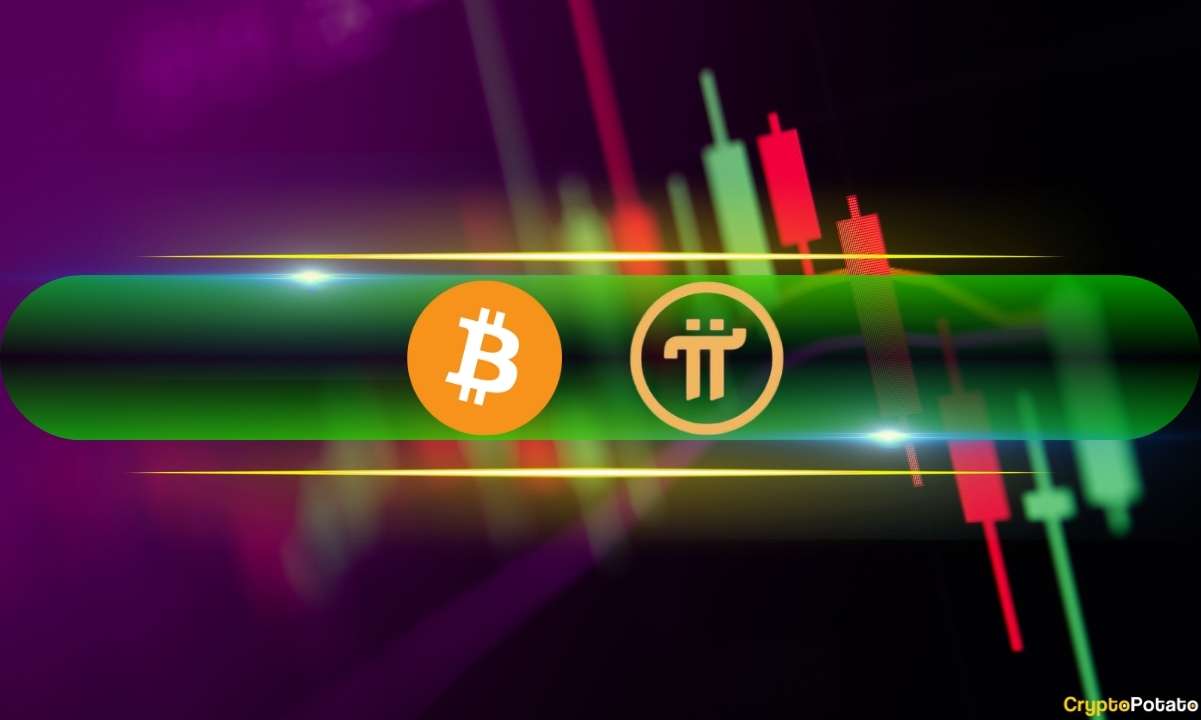 CaryptosHeadlines Media Has Launched Its Native Token CHT.
Airdrop Is Live For Everyone, Claim Instant 5000 CHT Tokens Worth Of $50 USDT.
Join the Airdrop at the official website,
CryptosHeadlinesToken.com
CaryptosHeadlines Media Has Launched Its Native Token CHT.
Airdrop Is Live For Everyone, Claim Instant 5000 CHT Tokens Worth Of $50 USDT.
Join the Airdrop at the official website,
CryptosHeadlinesToken.com
Australia’s government, under its ruling center-left Labor Party, has proposed a new crypto framework regulating exchanges under existing financial services laws and has promised to tackle debanking.
It comes ahead of a federal election slated to be held on or before May 17, which current polling shows is shaping up to a dead heat between Prime Minister Anthony Albanese’s Labor and the opposing Coalition led by Peter Dutton.
The Treasury Department said in a March 21 statement that crypto exchanges, custody services and some brokerage firms that trade or store crypto will come under the new laws.
The regime imposes similar compliance requirements as other financial services in the country, such as following rules safeguarding customer assets, obtaining an Australian Financial Services Licence and meeting minimum capital requirements.
Australia’s Treasury says its new crypto regulations have four priorities. Source: Australian Department of the Treasury
In August 2022, the government initiated a series of industry consultations to draft a crypto regulatory framework.
“Our legislative reforms will extend existing financial services laws to key digital asset platforms, but not to all of the digital asset ecosystem,” the Treasury said in its statement.
Small-scale and startup platforms that don’t meet specific size thresholds will be exempt, along with firms that develop blockchain-related software or create digital assets that aren’t financial products.
Payment stablecoins will be treated as a type of stored-value facility under the Government’s Payments Licensing Reforms; however, some stablecoins and wrapped tokens will be exempt.
“Dealing or secondary market trading in these products will be not treated as a dealing activity, and platforms where they are traded will not be treated as operating a market simply because of that trading activity,” the Treasury said.
As part of its crypto agenda, Albanese’s government has also promised to work with Australia’s four largest banks to better understand the extent and nature of de-banking.
There will also be a review into a central bank digital currency and an Enhanced Regulatory Sandbox in 2025, allowing businesses to test new financial products without needing a license.
Related: May election could open floodgates to institutional crypto: OKX Australia CEO
Albanese’s government intends to release a draft of the legislation for public consultation. However, a change of government could be on the horizon with a looming federal election, a date for which is yet to be called.
Dutton’s center-right Coalition had earlier promised to prioritize crypto regulation if it wins the election.
The latest YouGov poll published on March 20 shows the Coalition and Labor neck in neck for a two-party preferred vote.
The Coalition leads for topline voting intention, while Albanese continues to lead as preferred prime minister. Source: YouGov
Caroline Bowler, the CEO of local crypto exchange BTC Markets, said in a statement shared with Cointelegraph that the areas of reform are sensible and would keep Australia competitive with global peers.
However, she thinks there “will be additional detail required on capital adequacy and custody requirements.”
“We need to ensure that these requirements aren’t overly burdensome for business investment in Australia,” Bowler said.
Kraken Australia’s managing director, Jonathon Miller, said there is an “urgent need for bespoke crypto legislation” to address the existing confusion and uncertainty in the country’s industry.
“We believe that by establishing a clear crypto regulatory framework and mitigating problems like debanking, government can remove the barriers hampering growth in the Australian economy,” he said.
Magazine: Elon Musk’s plan to run government on blockchain faces uphill battle












